 0
0
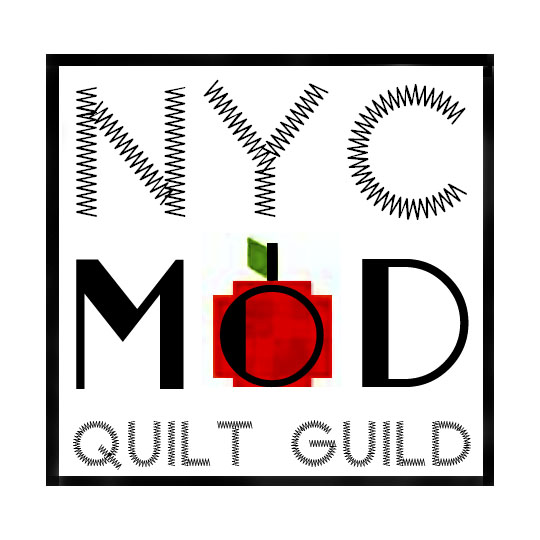
On Friday night, August 5, attend the event "Modern Stories: Documenting the Modern Quilt Movement" an intimate gathering at a Garment District loft. The evening includes a panel of in-the-know bloggers, fabric designers and A-list quilters discussing the Modern Quilt movement. Also, witness Victoria Findlay Wolfe, custom quiltmaker and co-founder of the New York City Metro Area Modern Quilt Guild and Bumble Beans Basics charity project getting interviewed for the Alliance's oral history project, Quilters' S.O.S. - Save Our Stories (Q.S.O.S.). Refreshments and door prizes.
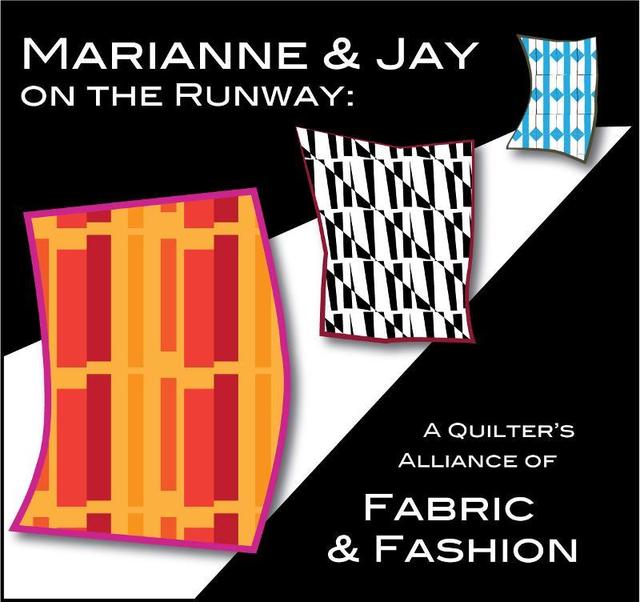
The main event is a packed afternoon at F.I.T., the Fashion Institute of Technology, on Saturday, August 6. Headliners include Marianne Fons, her daughter Mary Fons, who just started a TV show called "Quilty" for new quilters on the Internet, and Jay McCarroll, winner of the first season of Project Runway, who is now designing quilt fabric. The afternoon includes door prizes, demos, gift bags, refreshments and much more.
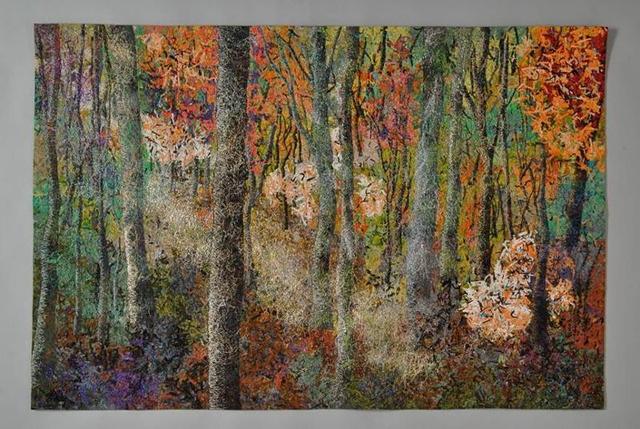
The final event is a fun cocktail party in a quilt shop! Naturally it will be at the City Quilter, Manhattan's biggest and best fabric shop, which just opened the first art gallery devoted to art quilts next to its store. All 3 events are in walking distance from each other and many New York City landmarks.
The AAQ is encouraging quilters to pick among the three affordable events and add in other exciting Big Apple excursions and shopping to create a personalized weekend getaway: anybody who buys a ticket to at least one of the Alliance "Quilters Take Manhattan" events will get a discount on a room at the brand new Fashion District Hilton.
For more info click here.
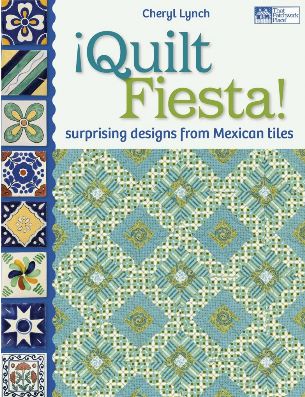
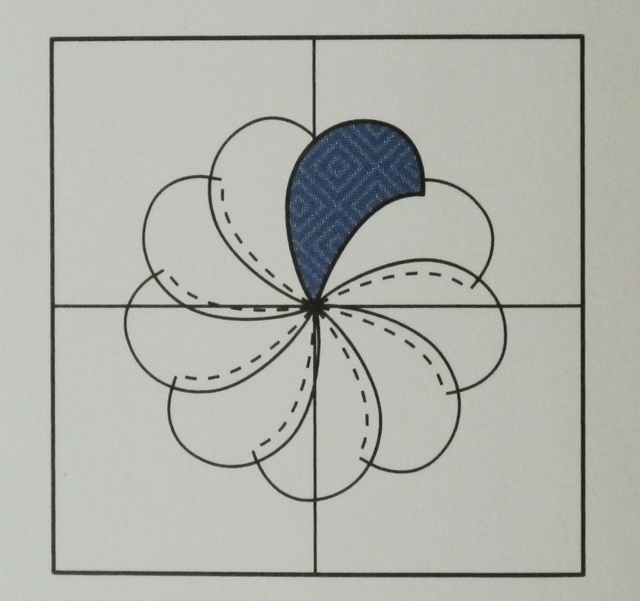


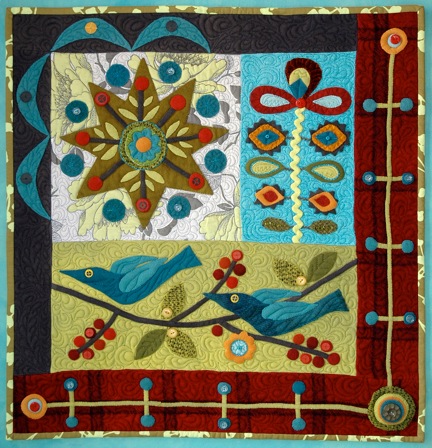





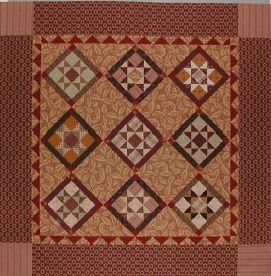
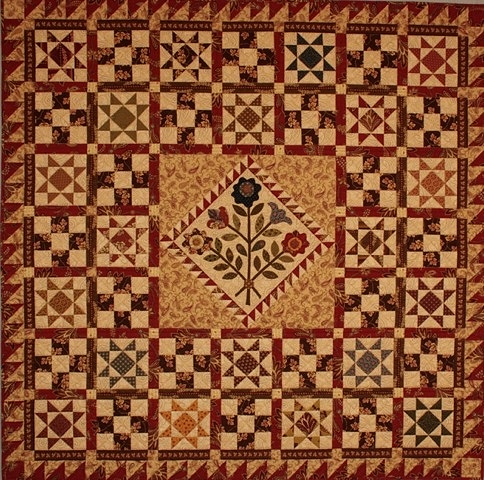
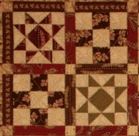
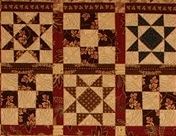
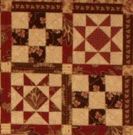

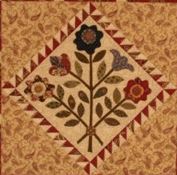
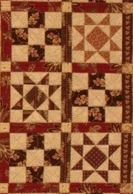
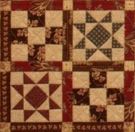
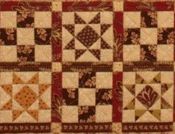
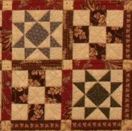


.jpg)


